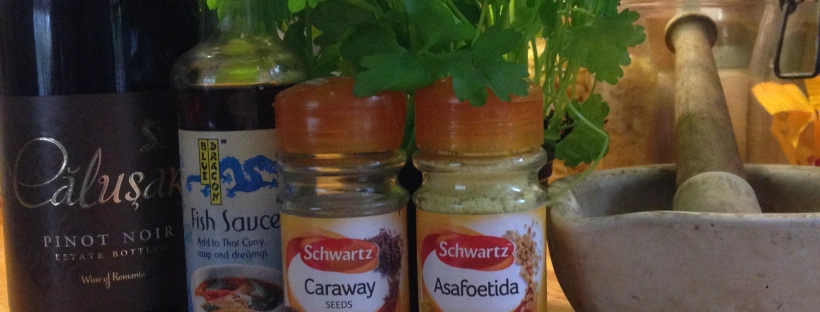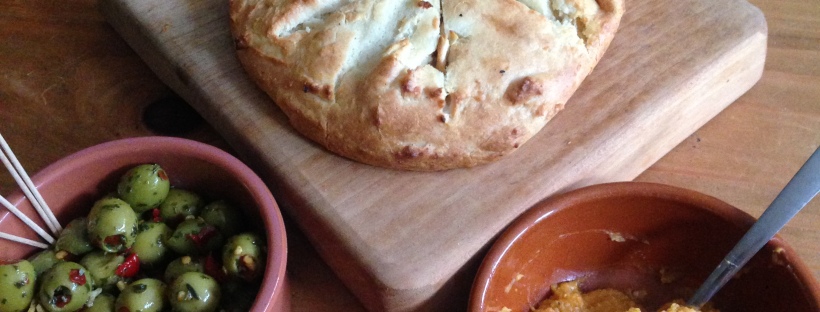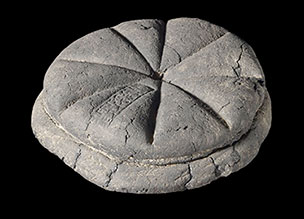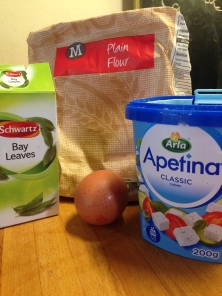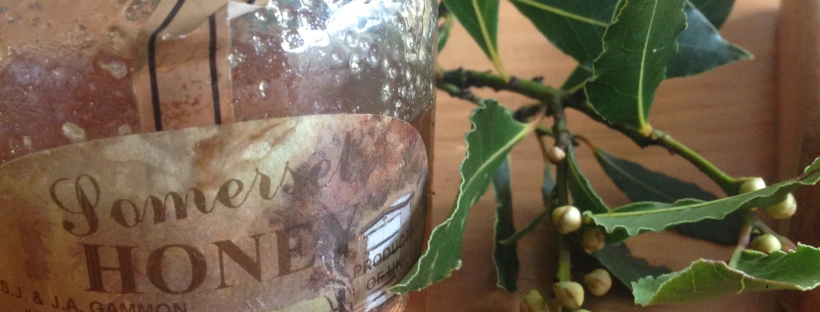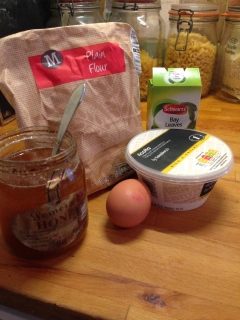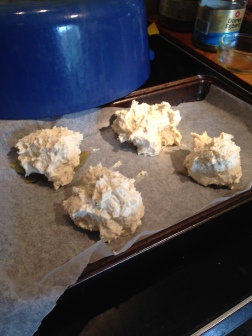A very simple chicken dish, although not necessarily Roman. As you can tell from the title of the dish, it has Parthian origins, because of the use of asafoetida which is a very traditional Middle Eastern spice. Parthia and the rest of the eastern Roman Empire were hugely important for supplying different kinds of herbs and spices throughout the empire, and as a result a lot of Apicius’ recipes contain ingredients which have origins from the Roman East.
However the use of Caraway seeds was a very typical Roman ingredient in recipes as it was common to Europe. It is for this reason that we get an interesting combination of ingredients to create this semi-Roman dish.
The Original recipe came from Apicius who wrote
‘Draw the chicken from the rear and cut into quarters. Pound the pepper, lovage, a little caraway, pour on liquamen, flavour with wine. Arrange the chicken in a ceramic dish, put the sauce over the chicken. Dissolve fresh laser in warm water and put it straight away on the chicken and cook. Sprinkle with pepper and serve.’
For a modern audience there are a number of terms within this recipe which may be considered confusing, or that they would not understand for example: ‘lovage,’ ‘liquamen’ and ‘laser.’ Which then posed the question of how this recipe could be recreated for a modern audience.
After a bit of research I was able to find out that laser was a spice known as silphium. Silphium was preliminarily used as a form of medicine, but it was then added in to food due to its flavour. It was incredibly popular in the east, at one point it was even considered so valuable by the Romans that it should be stored in the state treasury alongside the gold and silver. Due to its popularity, however, it became extinct. Numerous years’ later recipes were found containing a spice called asafoetida, which had very similar characteristics to the silphium, so it is thought to be the same thing, hence why I have substituted it into this recipe. While asafoetida is not as common today, it has become incredibly popular in Indian cooking but known as hing. The rich yellow colour is great for creating the vibrancy associated with curry, but primarily the reason for the popularity behind ‘hing’ is it flavour which has been likened to a mix between onions, leeks and garlic alongside a spiciness used in Indian cooking. Because of this unique flavour combination in many languages the spice became known as ‘devils dung,’ and I must say I would not recommend take a powerful sniff of it, as it can be a bit overwhelming to the senses! However due to its popularity in Indian cooking it is still possible to be bought in shops today; it is stocked in most large supermarkets by Schwartz.
Lovage, another foreign term to a modern audience is a herb which was commonly used, especially by Apicius. Although lovage is still around nowadays, I wouldn’t go as far as saying it is a well-known herb. It is possible to still grow and use lovage, but for those of you who don’t fancy trying to grow an ancient Roman herb, just for the one use in this recipe, then parsley creates a hugely similar flavour.
Finally liquamen is similarly another term for garum or fish sauce (which we have already seen in my ‘The original Cheesecake- Sweet or Savoury, Part 2’ blog post).
Ingredients:
4 Chicken Breasts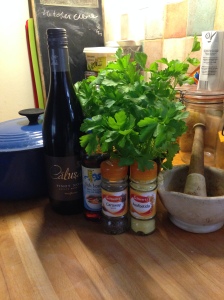
Ground Black Pepper
170 ml Red Wine
1tsp Fish Sauce
½ tsp Asafoetida Powder or 5 drops of Asafoetida Tincture
2 tsp chopped Parsley
1 tsp Caraway Seeds
Method:
- Preheat oven to 190 fan/ gas mark 5
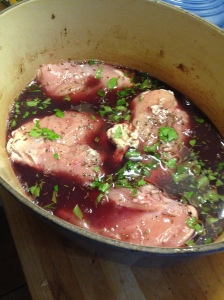
All of the ingredients in a casserole dish, pre cooking
- Place chicken breast in a casserole dish and add a sprinkle of pepper
- Combine the rest of the ingredients and then add to the casserole dish
- Cover the casserole dish and place in the oven for an hour
- Remove the lid of the casserole dish for the final 15 minutes in order to brown the chicken slightly
Thoughts:
Getting the proportions right in when recreating a recipe can be incredibly difficult, and it certainly proved challenging here. Much like most ancient recipes there is little to no instruction about the quantity of the ingredient to use. Therefore when recreating a dish it is very important to take all the different flavours into account.
When I first made this dish I used far too many caraway seeds and fish sauce, which combined with the wine and parsley created a strange flavour, because it was almost as if the caraway and fish sauce were competing to be the most over powering flavour. So I refined these a little, reducing both of the quantities, which created a much more enjoyable flavour for the chicken.
I simply served the chicken with on a bed of colourful rice, however this lead me to question how the Roman’s would have eaten meals like this: did they have side dishes, or would the chicken by itself have been a meal on its own. Nowhere in Apicius’ work is there a mention of an addition part of the meal, such as rice. Which provided the idea that maybe they would have just eaten the chicken without anything else. While in modern cooking the majority of dishes come with a side of potatoes, rice, or maybe pasta it seems like this would have been unlikely for the Romans.
- It is thought that rice would have been present within the Roman Empire, but it would have been very rare as it was imported from Egypt, however there are no remains or obvious connections to rice anywhere in antiquity.
- A lot of people who have no knowledge of food history may think that due to the starchy and carby nature of potatoes they would have been perfect for a Roman and medieval diet, however potatoes were not widely used until the 18th century when they had been brought
Therefore that leads us to think that it is likely that for Romans, who were rich enough to afford meat, this would have been all they had for their meal, with the chance of it being accompanied with some vegetables or bread. But there is no sense of having a side dish to complete the meal.
